Hidden away on the top of the Hill, the Millennium Folk Arch Art Enclave sits in an overgrown field as old sculptures deteriorate back into the Earth, making space for new pieces to take their place.
More than 20 years after its inception, Jack Catlett, ‘23, added his art to the Enclave in hopes of inspiring other students to do the same and keep the garden alive.
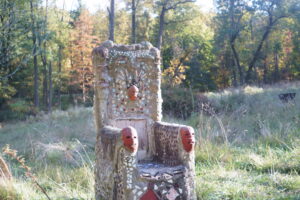
A chair-like sculpture at the Lehigh Millennium Art Enclave. The park is located on Upper Sayre Park Road. The chair features human faces and other defined shapes. (Hongyu Liu/B&W staff)
Catlett has added two alien-like statues with blue transparent eyes and disproportionately large hands pointing out to the rest of the field.
Catlett’s faculty mentor and product design professor Wesley Heiss said he wanted Catlett to be sensitive to the Enclave’s rich history and understand what he was contributing to.
“I wanted to make sure he was being respectful of the history that existed,” Heiss said. “I think he was. He absolutely rose to the challenge of reaching out to all of the parties that knew the deep history and kind of made sure that he had their blessings before moving forward.”
The Enclave was created in 1999 as part of an art course taught by Norman Girardot, a retired professor of religion studies.
The class comparatively studied outsider art and religion, asking, “why do human beings participate in religion, and why do they do art?”
“(My goal was) to teach courses that would shock students out of the boredom of normalcy, to see the deeper truth, which doesn’t have to be scary, but it has to be different,” Girardot said. “It has to be strange and out of the ordinary.”
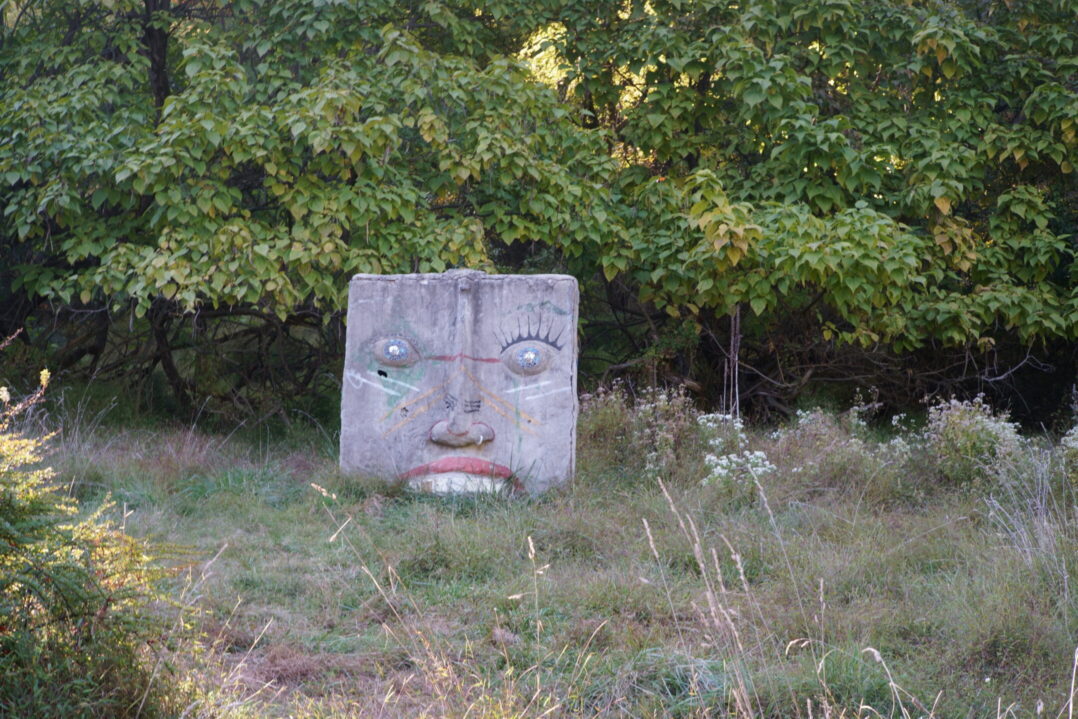
A human face-like sculpture at the Lehigh Millennium Folk Arch and Art Enclave. Jack Catlett, ’23, has installed his own sculptures in the Enclave. (Hongyu Liu/B&W staff)
Girardot said the Enclave is focused on “outsider art”: art based around visions people have after traumatic life events to help them reassess life’s meaning and express themselves.
Girardot said every two to three years a student will come to him and ask for his blessing to add their art to the Enclave. Most recently, that student was Catlett.
Catlett said he had a difficult time getting permission to set up his art, but he kept trying.
“I do wish Lehigh was better equipped for students wanting to do things around campus because there’s not really anyone to talk to, to confirm, to give me a definite yes or no,” Catlett said.
Girardot said he faced a similar difficulty while creating the Enclave and was told if he built a sculpture, it would have to be knocked down by the end of the term.
Girardot persisted until the vice president of buildings and grounds gave in and let him use the field the Enclave stands in today.
With Catlett’s addition to the garden, new light has been shed on its rich history and the difficulties student artists face in placing art around campus.
Girardot said the key to making the Enclave a more permanent space is ensuring someone will take responsibility to keep it alive.
“(Catlett’s) spirit, I think, really does fit the spirit of what that place is,” Girardot said.
Heiss said it takes ambitious students like Catlett to take on the challenge of executing an exhibition and going after what they want.
“I definitely hope that it kick starts some sort of, maybe not a movement, but inspires other people to start building things up,” Catlett said.
Catlett said he is in the process of getting permission to do other installations on campus, although it is proving to be difficult. He said he is just happy to have added his art into a place that is so special to him.
Heiss said he hopes Catlett’s work brings new vitality and life to the Enclave and helps the sculpture garden feel less neglected.
“Looking back on when I first found out about that place my freshman year, it definitely feels like a great accomplishment to be able to have my own work there,” Catlett said.

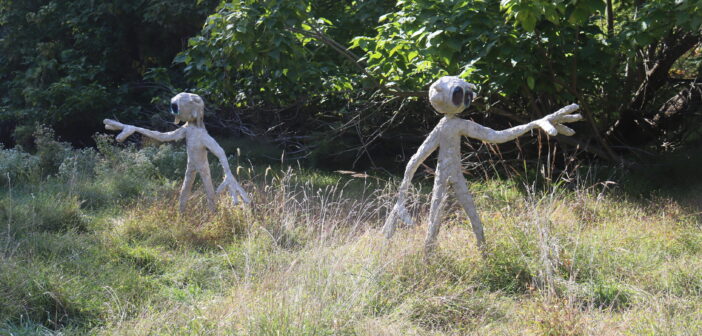

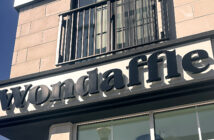

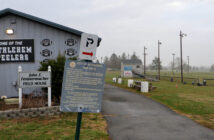
Comment policy
Comments posted to The Brown and White website are reviewed by a moderator before being approved. Incendiary speech or harassing language, including comments targeted at individuals, may be deemed unacceptable and not published. Spam and other soliciting will also be declined.
The Brown and White also reserves the right to not publish entirely anonymous comments.